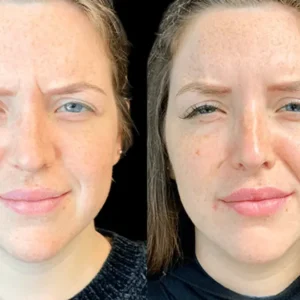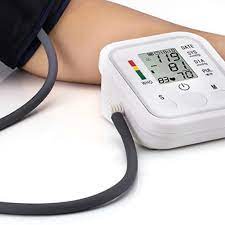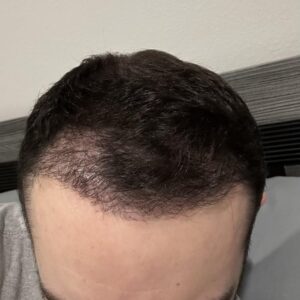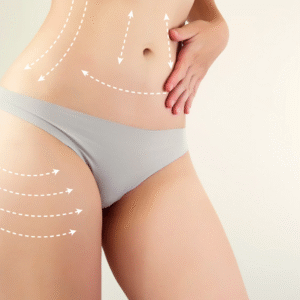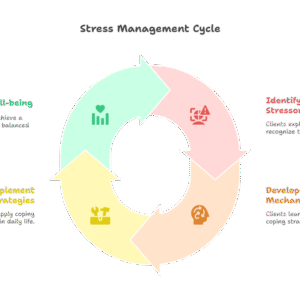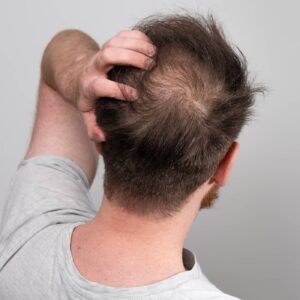Syringomas may be tiny, but their presence can be a significant cosmetic concern. These small, benign sweat duct tumors often cluster under the eyes or on the cheeks, making them hard to hide with makeup. For people dealing with persistent or widespread syringomas, laser treatment has emerged as one of the most effective and minimally invasive solutions. One of the popular cosmetic approaches for this issue includes Syringoma Removal Treatment Dubai, which typically involves advanced laser technologies tailored for delicate skin.
What Are Syringomas?
Syringomas are non-cancerous growths that arise from the eccrine sweat glands. They typically appear as:
-
Small, firm bumps (1–3 mm in size)
-
Flesh-toned or yellowish
-
Most common around the eyes, especially on the lower eyelids
-
Can also develop on the chest, armpits, or genitals
Why Do Syringomas Occur?
The exact cause of syringomas isn’t always clear, but several factors can contribute:
-
Genetics: Family history can increase the likelihood.
-
Hormonal changes: More common in females, especially during puberty or hormonal fluctuations.
-
Medical conditions: People with Down syndrome or diabetes may be more prone to developing syringomas.
Common Treatment Options for Syringoma
While various treatments are available, their effectiveness can vary based on the individual case:
| Treatment Method | Effectiveness | Invasiveness | Recurrence Rate |
|---|---|---|---|
| Topical creams | Low | None | High |
| Cryotherapy (freezing) | Moderate | Moderate | Moderate |
| Electrosurgery | Good | High | Moderate |
| Chemical peels | Low–Moderate | Low | High |
| Laser treatment | High | Low | Low |
How Laser Treatment Works for Syringoma?
Laser therapy targets the overgrown sweat ducts using concentrated beams of light. It penetrates the upper layers of the skin to vaporize or break down the syringoma lesions. Here’s a breakdown of the treatment process:
Consultation and Evaluation
Before the procedure, a dermatologist examines the syringomas to assess their number, depth, and placement. Skin type and sensitivity are also taken into account to determine the best laser approach.
Laser Selection
Depending on the case, the dermatologist may use:
-
CO2 Laser (Carbon Dioxide Laser): Known for deep penetration and effective removal of dense lesions.
-
Er:YAG Laser (Erbium YAG Laser): Provides more precise ablation with minimal heat damage, ideal for delicate facial areas.
-
Pulsed Dye Laser: Sometimes used for vascular components but less common for syringoma specifically.
The Procedure
-
A topical anesthetic is applied to minimize discomfort.
-
The laser device is gently moved over the syringoma-affected area.
-
The heat from the laser breaks down the tissue without significant bleeding or scarring.
-
Sessions typically last 15–30 minutes depending on the extent of the lesions.
Post-Treatment Care
-
Mild redness or swelling is common but usually subsides in a few days.
-
Patients are advised to avoid sun exposure and apply healing ointments as directed.
-
Makeup can generally be resumed within 5–7 days.
Benefits of Laser Treatment for Syringoma
Laser therapy offers several distinct advantages:
Precision and Control
Laser energy can be directed with high accuracy, targeting the syringomas without damaging surrounding healthy skin.
Minimal Downtime
Most people can resume daily activities within a day or two, making it a convenient option.
Long-Term Results
Laser treatment significantly reduces the chances of syringoma recurrence, especially when combined with appropriate skincare.
Who Is an Ideal Candidate for Laser Treatment?
Laser treatment may be suitable for individuals who:
-
Have multiple or cosmetically bothersome syringomas
-
Have previously tried topical treatments with no results
-
Are in good general health with no active skin infections
-
Have realistic expectations regarding outcomes and potential risks
What to Expect After the Procedure
Short-Term Effects
-
Redness, swelling, or minor scabbing can appear for 2–3 days.
-
The treated area may feel warm or tight for a short period.
Healing Timeline
| Day | What Happens |
|---|---|
| 1–3 | Redness and mild irritation |
| 4–7 | Crust formation and healing |
| 8–14 | Skin regeneration and improvement |
Comparison: Laser vs. Other Treatments
| Feature | Laser Treatment | Electrosurgery | Cryotherapy |
|---|---|---|---|
| Pain Level | Mild (numbing cream) | Moderate | Mild–Moderate |
| Healing Time | 5–7 days | 1–2 weeks | 1 week |
| Risk of Scarring | Low | Moderate | High |
| Suitable for Face Area | Yes | Less preferred | Risky |
| Recurrence Rate | Low | Moderate | Moderate–High |
FAQ’s:
Is laser treatment painful?
No, most people experience only mild discomfort. A numbing cream is usually applied to ensure comfort during the procedure.
How many sessions are needed?
Many people see results after one session, but 1–3 treatments may be recommended based on the severity and number of syringomas.
Can syringomas come back after laser treatment?
Yes, there’s a possibility of recurrence, especially if the condition is genetically driven. However, recurrence is less likely compared to other treatments.
Is laser treatment safe for under-eye areas?
Yes, when performed by a trained specialist, laser treatment is safe for delicate areas like under the eyes. Protective eyewear is used during the session.
Q5: Will there be scarring after laser treatment?
The risk of scarring is minimal with proper technique and aftercare. Choosing an experienced professional greatly reduces this risk.
Can darker skin tones undergo laser treatment for syringoma?
Yes, but it requires careful selection of laser type and settings to avoid pigmentation issues. The Er:YAG laser is often preferred for such skin types.
Final Thoughts
Laser treatment has become a go-to solution for syringoma due to its precision, effectiveness, and low risk of scarring. While no treatment guarantees permanent results, laser therapy offers a reliable and cosmetically favorable approach, especially for facial syringomas. With proper evaluation and expert care, individuals can significantly reduce the appearance of these stubborn bumps and restore their skin’s smooth, clear texture.
